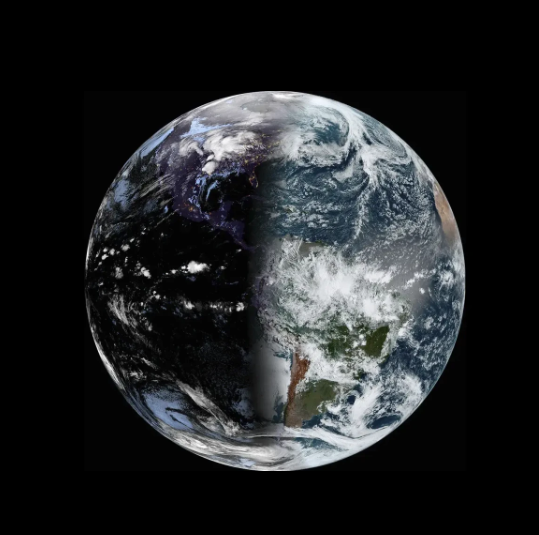

Spring Equinox Arrives, Marking the Change of Seasons
Spring is officially here in the Northern Hemisphere with the arrival of the vernal equinox. This astronomical event signals the transition from winter to spring, while in the Southern Hemisphere, it marks the beginning of autumn.
On this day, the sun is positioned directly above the equator at noon, creating nearly equal lengths of day and night across the world. Equinoxes are the only time of year when both the North and South Poles receive sunlight simultaneously.
The Significance of the Equinox
The equinox has been celebrated for centuries in various cultures. For instance, Nowruz, the Iranian New Year, is based on this celestial event. In Mexico, visitors gather at the ancient Mayan site of Chichen Itza to witness the sun casting a serpent-shaped shadow on the El Castillo pyramid.
Understanding the Equinox
As the Earth orbits the sun, it does so at an angle. For most of the year, the planet’s axis is tilted, causing the sun’s rays to fall unevenly on the hemispheres. However, during the equinox, the Earth’s axis aligns in such a way that both hemispheres receive equal sunlight.
The word “equinox” is derived from Latin, meaning “equal night.” While day and night are nearly the same length during this event, some locations may experience a slight variation due to atmospheric refraction.
The spring equinox in the Northern Hemisphere typically occurs between March 19 and 21, while the autumn equinox happens between September 21 and 24.
The Solstices: A Contrast to the Equinox
Unlike the equinox, the solstices represent the extreme points of Earth’s axial tilt. The summer solstice, occurring between June 20 and 22, marks the longest day of the year in the Northern Hemisphere. Conversely, the winter solstice, taking place between December 20 and 23, results in the shortest day and longest night.
Meteorological vs. Astronomical Seasons
Seasons can be categorized in two ways: astronomical and meteorological. While astronomical seasons are based on the Earth’s position relative to the sun, meteorological seasons divide the year into four fixed three-month periods based on temperature patterns. According to the meteorological calendar, spring begins on March 1, summer on June 1, autumn on September 1, and winter on December 1.
As the season changes, people worldwide welcome the warmer temperatures and longer days that come with spring. Whether through cultural celebrations or simply enjoying the natural beauty of the season, the equinox remains an important marker of time and change.
